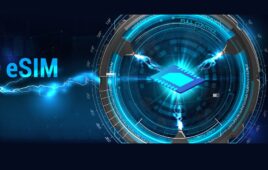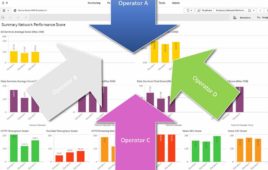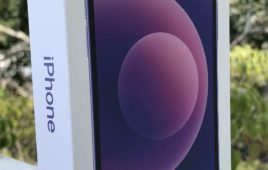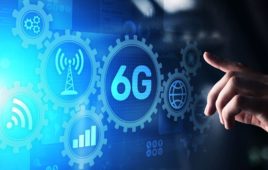T-Mobile said it has reached a major milestone in its latest 5G test with Nokia, achieving what the carrier said is the nation’s first 3GPP-compliant bi-directional data session, in the 28 GHz band.
Conducted in T-Mobile’s Bellevue lab, the trial used a user equipment simulator and Nokia’s AirScale baseband and radio, an AirFrame server, and AirScale Cloud RAN running 5G NR 3GPP-compliant software.
“This test is a big step forward in building REAL 5G that will work on actual smartphones,” said Neville Ray, CTO at T-Mobile, in a statement. “We’re excited to continue our work with Nokia to move the future of wireless forward and bring 5G to customers!”
Verizon completed the first standards-based over-the-air call on licensed mmWave spectrum back in February, but a T-Mobile spokesperson noted its latest test was the first to achieve bi-directional (uplink and downlink) 5G data transmission. Verizon, for its part, said that in March it too performed a bi-directional transmission, but considered the test to be more of a “next step,” rather than major milestone, according to a company spokesperson.
T-Mobile’s latest news follows an announcement earlier this week of a major expansion in the deployment of its 600 MHz spectrum, which the carrier lit up in 120 additional cities. T-Mobile said its newest low-band spectrum has now been deployed in more than 900 cities and towns across 32 states, and also announced plans to bring the 600 MHz LTE service to all of Puerto Rico in the fall.
However, to take advantage of the network, users will need one of the only six 600 MHz-capable Android devices that are currently available (all from LG or Samsung). Though T-Mobile said that it expects more than a dozen additional compatible devices to launch this year.




